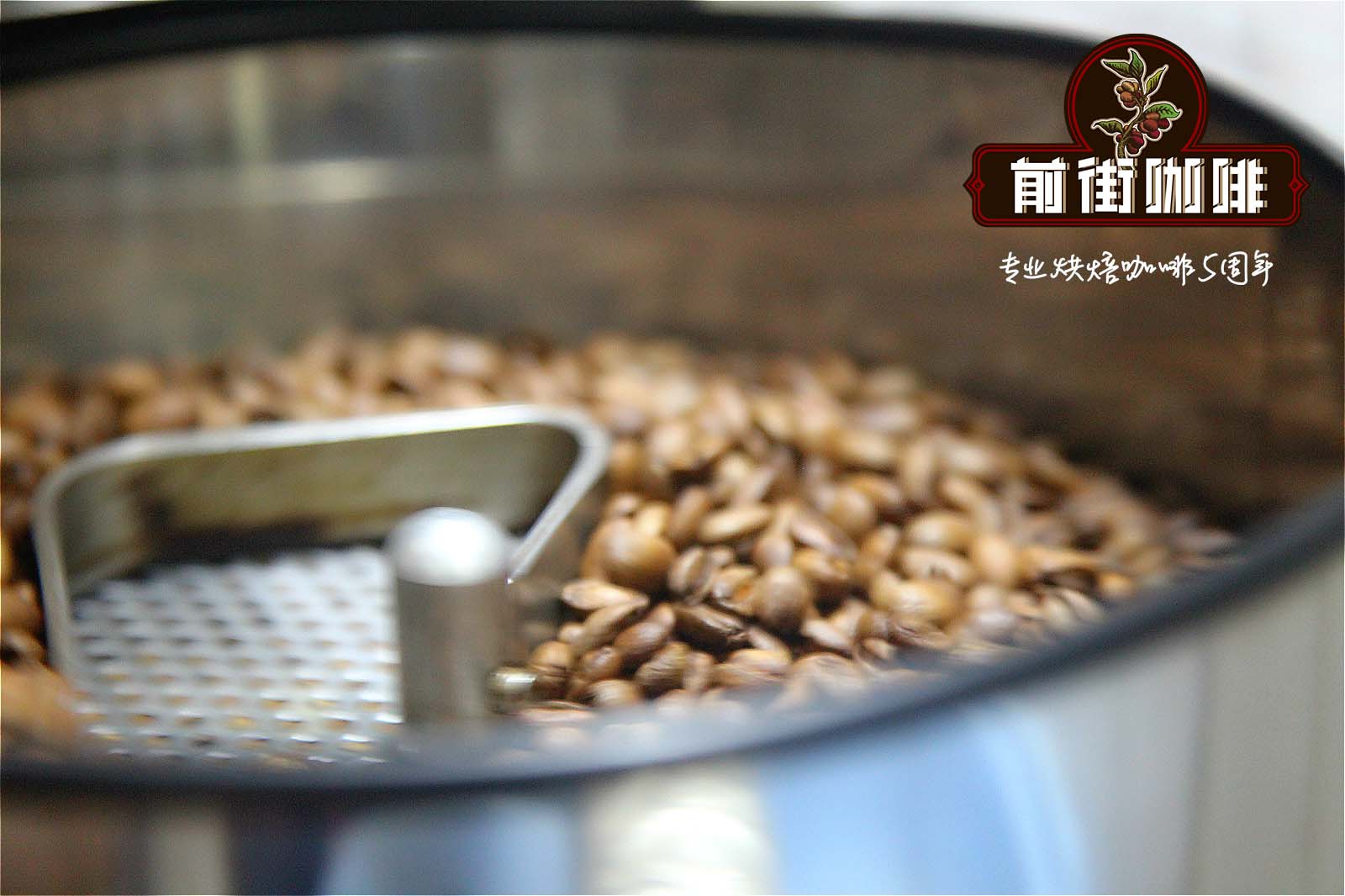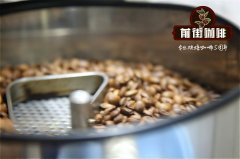Introduction to the Flavor characteristics of Orosi / Eurosi Orosi Coffee in Costa Rica Coffee producing area

Professional coffee knowledge exchange More coffee bean information Please pay attention to coffee workshop (Weixin Official Accounts cafe_style)
history
Costa Rica's volcanic soils are fertile and well drained, making it the first country in Central America to grow coffee and bananas for commercial value. Coffee and bananas are the country's main exports.
Coffee was introduced to Costa Rica from Cuba in 1729, and today its coffee industry is one of the most organized in the world, producing up to 1700 kilograms per hectare. Costa Rica has a population of 3.5 million, but coffee trees number 400 million, and coffee exports account for 25% of the country's total exports. Costa Rica also benefits from the Turrialba of the Central American Agricultural Research Institute (IAAC), an important international research centre, based in Tarazu.
High-quality Costa Rican coffee is known as "extra-hard" and can be grown at altitudes above 1500 meters. Altitude has always been a problem for coffee growers. Coffee beans are better at higher altitudes, not only because higher altitudes increase the acidity of coffee beans and thus enhance flavor, but also because lower night temperatures at higher altitudes cause trees to grow slowly, thus making coffee beans more flavorful. In addition, due to the high altitude drop caused by sufficient rainfall, the growth of coffee trees is also very favorable.
However, while there are many advantages to growing coffee at higher altitudes, the additional transportation costs associated with it must be taken into account, which may well make coffee production unprofitable. Costa Rican coffee has adopted new technologies to increase efficiency, including the use of "electric eyes" to select beans and identify beans of irregular size.
The Costa Rican government created an exclusive coffee department (ICAFE: Instituto del Café de Costa Rica). It is now taken over by the Official Coffee Commission Oficinadel Café), which mainly advises the improvement of the estate from planting, post-treatment to marketing systems. For export coffee processing, the place is also very careful. Coffee beans deemed substandard for export are colored by blue vegetable dye and then returned to domestic sales. Today, about a third of Costa Rica's population is engaged in coffee or coffee-related industries, and coffee consumption per capita is twice that of Italy or the United States. The government's support for the coffee industry has indirectly contributed to Costa Rica's excellent coffee quality and competitiveness compared to other countries.
The hardness of volcanic rocks makes Tarrazu coffee, and the concept of healthy cultivation makes Organico coffee!
* Orosi : Smooth sour bean body full fragrance/smooth taste, balanced enough
Altitude 900-1,200
Season: September ~ February
smooth sour
plump bean
Fragrance
Coffee in this area tastes smooth and balanced enough.
Qianjie Coffee: Guangzhou's baking shop, small store but a variety of beans, can find a variety of famous beans, but also provide online store services. https://shop104210103.taobao.com
Important Notice :
前街咖啡 FrontStreet Coffee has moved to new addredd:
FrontStreet Coffee Address: 315,Donghua East Road,GuangZhou
Tel:020 38364473
- Prev

Introduction to the Flavor characteristics of Tres Rios Coffee cultivation in the three River Valley of Costa Rica Coffee producing area
Professional coffee knowledge exchange more coffee bean information please pay attention to the coffee workshop (Wechat official account cafe_style) in 1729, coffee was introduced from Cuba to Costa Rica, today, the coffee industry has become an important source of economy in Costa Rica, about 1/3 of the country's people are engaged in coffee-related industries. Most coffee growing areas are above 1500 meters above sea level, because
- Next

Brenka Brunca, the latest coffee producing area in Costa Rica, introduces the coffee planting situation and flavor characteristics.
Professional coffee knowledge exchange more coffee bean information Please pay attention to coffee workshop (Wechat official account cafe_style) Coffee has taken root in Costa Rica for more than 200 years, although its land area is only the third to last among Central American producing countries, it is an indispensable and important role. at present, Costa Rica has a total population of about 4.5 million, and coffee trees
Related
- Does Rose Summer choose Blue, Green or Red? Detailed explanation of Rose Summer Coffee plots and Classification in Panamanian Jade Manor
- What is the difference between the origin, producing area, processing plant, cooperative and manor of coffee beans?
- How fine does the espresso powder fit? how to grind the espresso?
- Sca coffee roasting degree color card coffee roasting degree 8 roasting color values what do you mean?
- The practice of lattes: how to make lattes at home
- Introduction to Indonesian Fine Coffee beans-- Java Coffee producing area of Indonesian Arabica Coffee
- How much will the flavor of light and medium roasted rose summer be expressed? What baking level is rose summer suitable for?
- Introduction to the characteristics of washing, sun-drying or wet-planing coffee commonly used in Mantenin, Indonesia
- Price characteristics of Arabica Coffee Bean Starbucks introduction to Manning Coffee Bean Taste producing area Variety Manor
- What is the authentic Yega flavor? What are the flavor characteristics of the really excellent Yejasuffi coffee beans?

